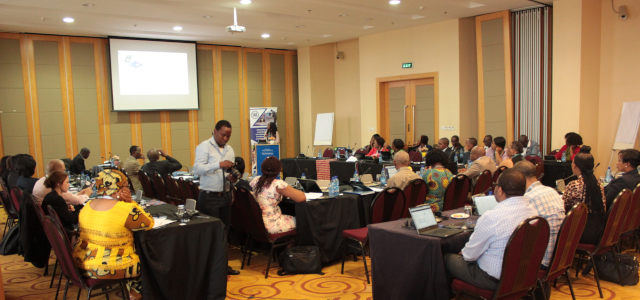Speaking during the SADC Gender Mainstreaming in the Water Sector Workshop in Lilongwe, Malawi, Dr. Joseph Pitso, Head of Gender Unit at the SADC Secretariat said it was very important to perform a gender analysis as one of the first steps of planning because it helps to obtain relevant information that reveals where gender gaps exist, and where gender mainstreaming will be most relevant.
He noted that gender analysis helps to get sex disaggregated data, which is essential to planning and monitoring
Dr Pitso said that Gender Responsive Budgeting (GRB) is the means by which we ensure that the needs and interests of individuals from different social groups are addressed by a government budget and are included in budgets.
“Gender Responsive Budgeting entails identifying and reflecting needed interventions to address gender gaps in sector policies, plans, programmes and budgets,” he told the workshop.
He said that without a budget there was no government policy that can get implemented and therefore, unless gender- responsive policies, plans and programmes have money allocated to them, it is not possible to implement them.
Dr Pitso noted that gender responsive budgets prompt the incorporation of unpaid care work into economic policy analysis, which helps to produce efficient programmes and budgets that show the connection between the ways that female and male citizens spend their time, in relation to the absence and presence of certain services or interventions.
He said that GRB is not exclusively about the budget but it is a recognition that reversing the poor development indicators of girls and women has to start with the concrete mainstreaming of gender equality in all policies, programmes and plans that inform budget decisions.
Dr Pitso noted that gender sensitive approaches recognize and responds to the different needs and constraints of individuals based on their gender differences to redress existing and immediate inequalities, while gender transformative approaches seek to change the underlying conditions that cause gender inequalities. He said that GRB is a tool used to mainstream in gender.
